Alors légume ou féculent ? La pomme de terre est un tubercule, ce qui en fait un féculent, au même titre que les pâtes, le riz et… le maïs ! Arrivée en France au 18e siècle, la pomme de terre est appréciée de tous les français avec une consommation de 30kg en moyenne par an, (auxquels il faut ajouter 25kg sous forme de produits transformés !). Quelles sont les caractéristiques nutritionnelles de la pomme de terre ? À partir de quel âge peut-on en donner à bébé ? Quelle est la quantité recommandée de féculents dans les plats des petits ? Quelles sont les recettes et les variétés à proposer à bébé ?
Intérêt nutritionnel de la pomme de terre
Consommer de la pomme de terre est avant tout intéressant pour son apport en énergie grâce à sa teneur en amidon, c’est-à-dire en glucides (en moyenne 17g aux 100g). Elle est également source de fibres (environ 2g aux 100g). Pour rappel, les fibres contribuent à prévenir la constipation et réguler la satiété.
La pomme de terre est aussi source de vitamines B6 et B9, nécessaires au fonctionnement normal du système immunitaire et à la réduction de la fatigue. Cette tubercule est aussi source de potassium (en moyenne 400mg aux 100g). Ce minéral contribue au fonctionnement normal du système nerveux, des fonctions musculaires et au maintien d’une bonne pression sanguine.
Introduction de la pomme de terre
En tout début de diversification, seuls les légumes suffisent tant que les apports en lait infantile restent inchangés, c’est la découverte du goût des légumes. Lorsque bébé augmente naturellement ses quantités de purées, il est nécessaire d’introduire un peu de féculents, de matières grasses puis de protéines pour compenser tous les nutriments du lait (maternel ou infantile). C’est à ce moment qu’intervient très souvent la pomme de terre, soit vers 5/6 mois. Vous pouvez suivre un principe facile à retenir : 2/3 de légumes et 1/3 de féculents ! La pomme de terre servira alors de liant dans vos préparations, ce qui les rendra plus savoureuses et gourmandes.
Précieux repères de préparation…
- En moyenne, une pomme de terre pèse entre 80 et 320g !
- Et pour vous aider en cuisine, si elle est de la taille d’un œuf, elle fera 50 à 60g.
- Il existe 150 variétés de pommes de terre :
- Pour les purées : bintje, monalisa, marabel…
- Pour les gratins : charlotte, ratte, amandine…
- Comme vous le savez, la pomme de terre se consomme uniquement cuite. Elle peut se cuire à la vapeur, à l’eau, au four. Pour les plus jeunes, il faudra limiter les cuissons avec des matières grasses comme les poêlées et les fritures.
- Pour conserver la pomme de terre, privilégiez un endroit sec et dépourvu de lumière et évitez le contact direct avec des fruits et légumes dits climactériques tels que les bananes, les pommes ou les poires.

Idées de recettes à base de pomme de terre
Lors de la diversification alimentaire, des recettes basiques mais tellement bonnes peuvent être données à bébé : c’est le cas de la purée de carotte, de courge, de fenouil, de haricots verts ou de blanc de poireau avec de la pomme de terre, tout simplement !
Voici d’autres idées de recettes :
- Velouté de cresson au chèvre avec de la pomme de terre
- Purée de pomme de terre à la muscade ou gratin dauphinois
- Hachis parmentier, pommes de terre rôties au four avec des herbes de Provence
- Pour les plus grands, vous pouvez proposer des :
- Galettes de pomme de terre
- Bâtonnets épinard, pomme de terre, mozzarella
- Omelettes aux pommes de terre et dés de jambon
- Et avec les fêtes qui approchent, voici une recette gourmande : joue de lotte et sa purée de pomme de terre vitelotte au céleri !!!
Comme vous le voyez, la pomme de terre peut se préparer sous toutes les formes et être proposée à tout âge. Vous n’avez plus qu’à vous lancer pour régaler bébé ! N’hésitez pas à nous montrer vos préparations et échanger vos recettes sur les réseaux sociaux.
Diététicienne – Nutritionniste spécialisée en pédiatrie
Source :
- CIQUAL. https://ciqual.anses.fr/ (novembre 2020)
- INTERFEL. https://www.lesfruitsetlegumesfrais.com/fruits-legumes/pommes-de-terre/pomme-de-terre/carte-identite (novembre 2020)
- APRIFEL. https://www.aprifel.com/fr/fiche-nutritionnelle/pomme-de-terre/ (novembre 2020)
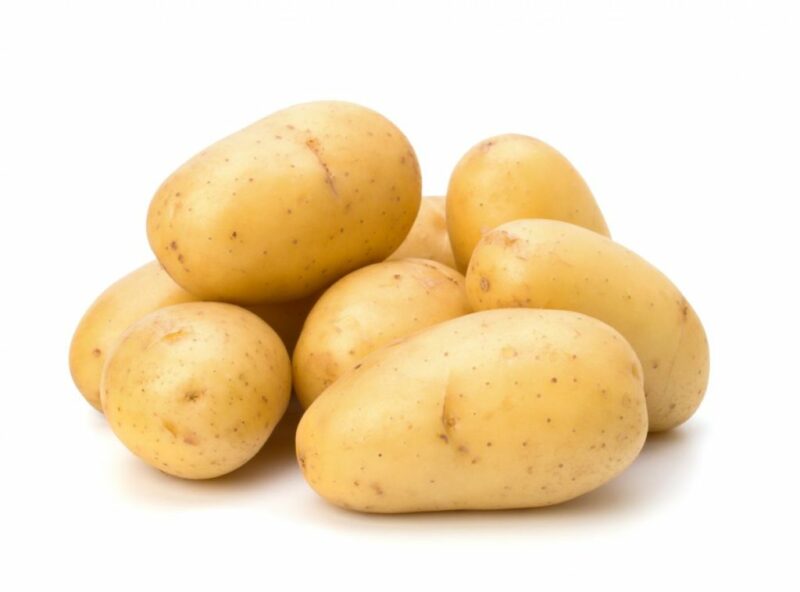

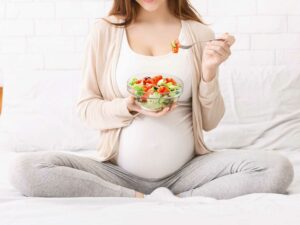
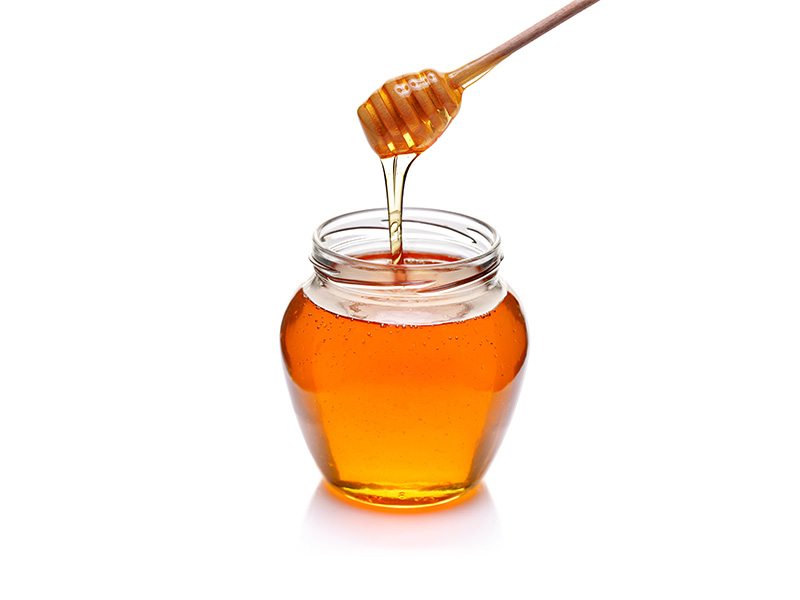

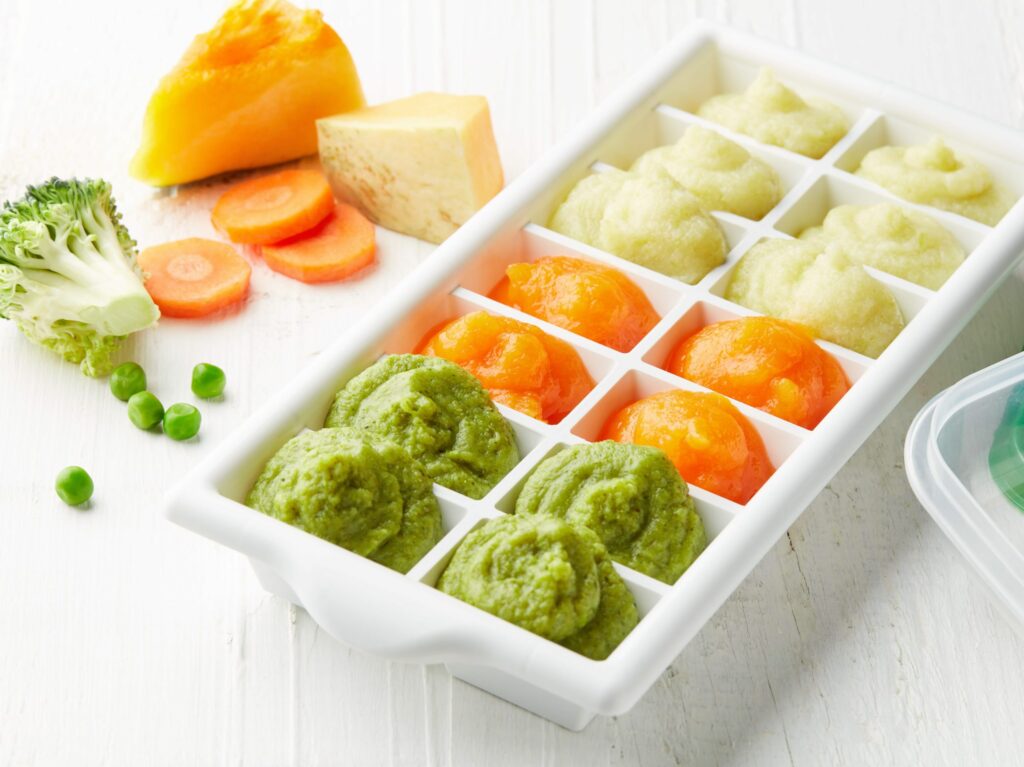
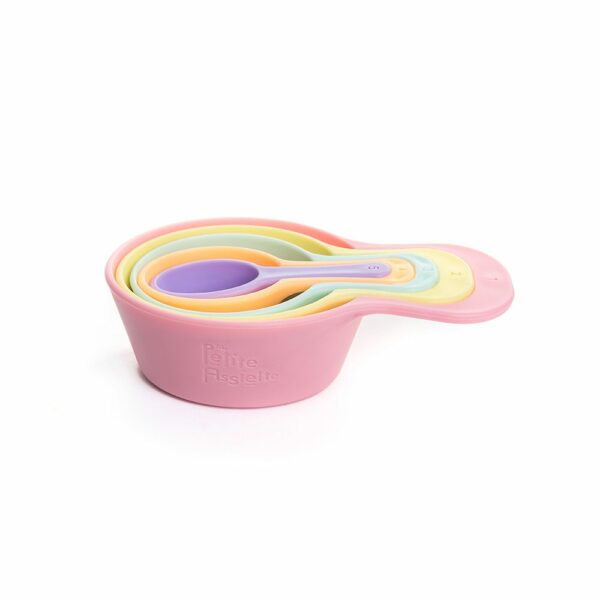
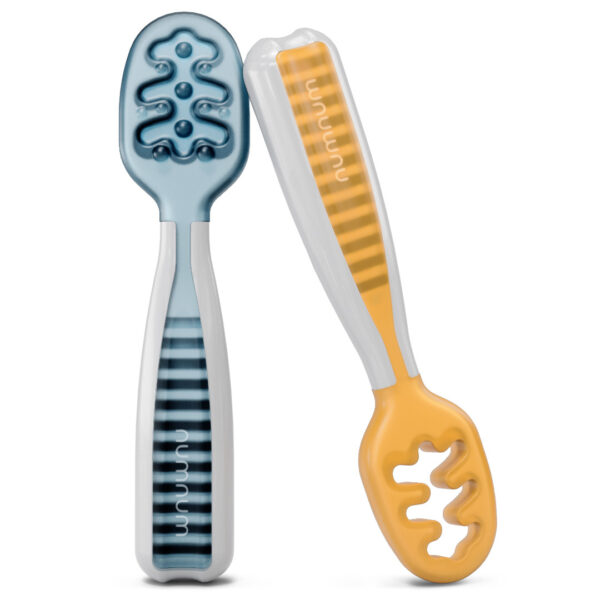
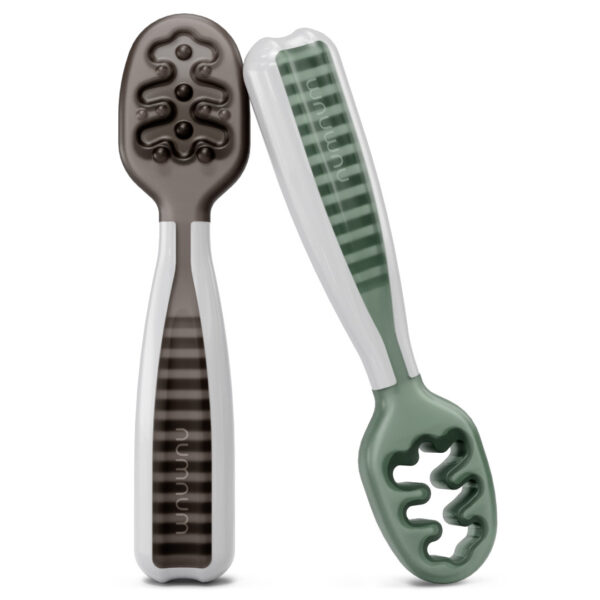
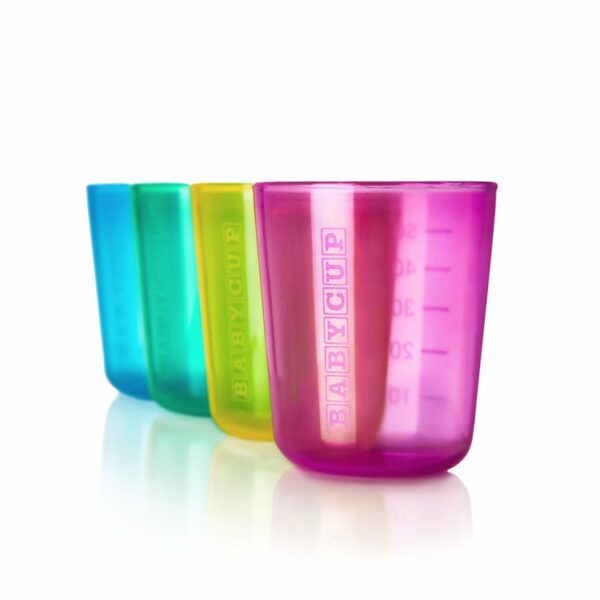
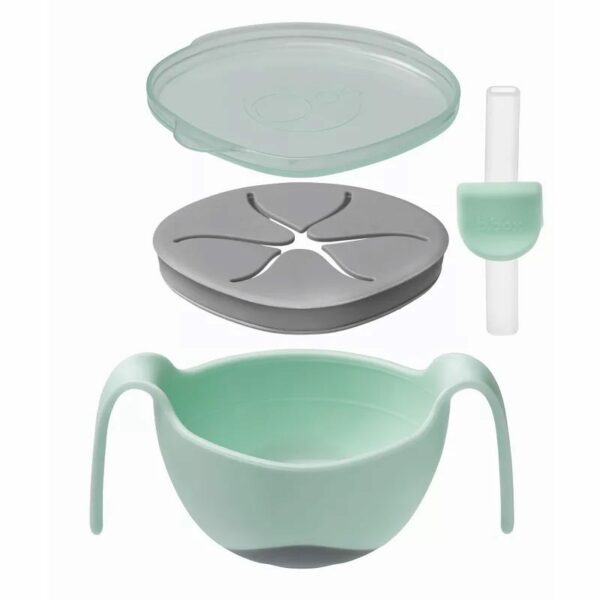
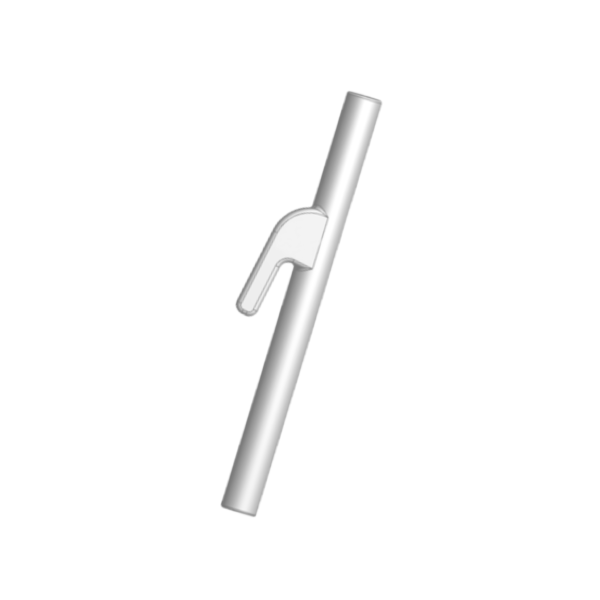
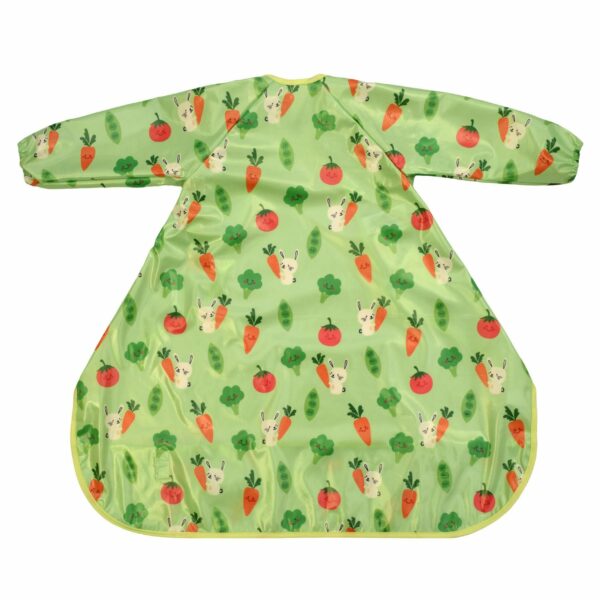
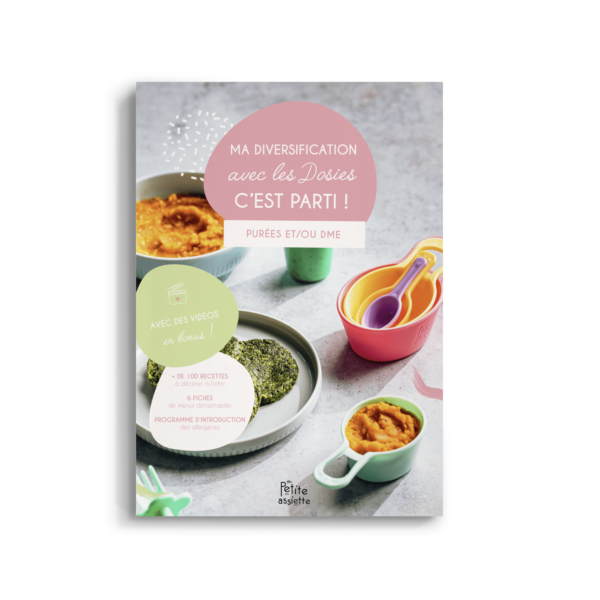
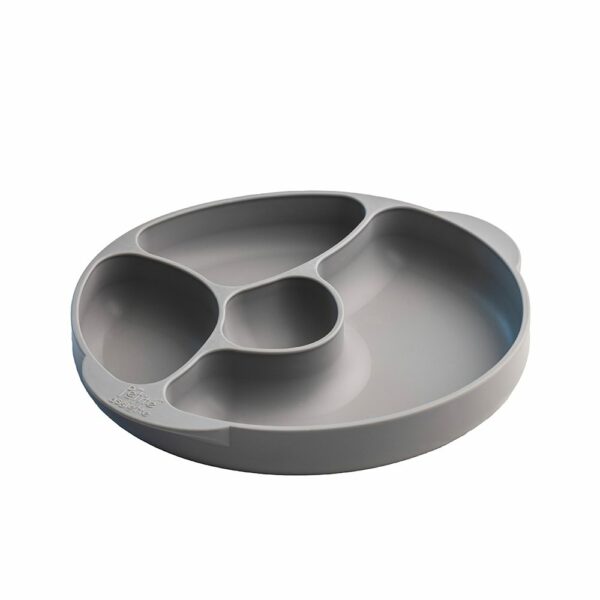
1 Commentaire. En écrire un nouveau
[…] Référence 4 […]